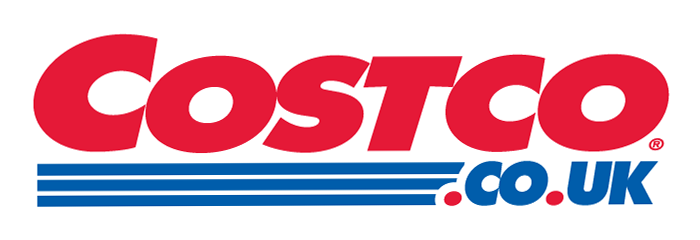I get numerous questions when tasting wines in a group: What am I smelling? What am I tasting? What is this flavor? Wine tasting, like any other worthwhile endeavor, takes practice. A few simple guidelines can help make you a better evaluator of all types of wine. Tasting exercises are educational and can be a lot of fun.
First, be assured that wine tasting doesn't have to be a daunting experience. It's fairly easy to evaluate wine. Here are five basic steps to get you on your way to tasting like a professional. You'll need some stemware, wine, your senses,a notepad-and maybe a friend or two.
Step 1: Preparation
Before you start your tasting, avoid any strong-flavored food or drinks (coffee, sodas) that can fatigue the taste buds. Also, it's best to avoid wearing perfume or cologne that can overpower the aromas in the wines. Good lighting and white backgrounds (white tablecloth or place settings) can provide more accurate visuals.
Pour the wine into a glass to about one-third full; this allows it to be freely swirled without spilling. Swirling the wine exposes it to oxygen to open up aromas and flavors. Hold the glass by the stem with the thumb and forefinger. Grasping the bowl of the glass can affect the wine's temperature as well as limit visibility from fingerprints.
Step 2: The Eye Test
Start with the wine's appearance. Hold your glass at an angle against a white background The color can tell you a lot about a wine.
A white wine with a pale, straw color could indicate a crisp, refreshing wine made in neutral tanks. A deep, golden white wine may suggest barrel aging or an older vintage.
A young red may have deep, dark purple hues, while an older, aged red will take on brownish or brick colors.
Step 3: A Good Sniff
Next, give the glass a good swirl by grasping the stem and keeping the base of the glass on the table's surface. Place your nose in the glass and take a couple of deep whiffs.
The idea is to identify fruit characteristics (e.g., berry or stone fruit) and then other elements such as earth (soil, mushrooms), vegetation (herbs, green vegetables), nuts (almonds, walnuts) and wood influence (oak, smokiness, mahogany).
Your nose will, usually, detect any faults in a wine. "Off" aromas of wet cardboard, nail polish remover or vinegar are indicators that the wine is defective.
Step 4: Sip and Taste
Next is the payoff and the most important evaluation tool: sip and taste. Allow the wine to reach all areas of your mouth: The elements of taste - sweet, salty, bitter and sour are centered in different areas of the palate. The goal is to assess levels of acidity, tannins, body and flavours.
Acidity peaks on the sides of the tongue and mouth (is the wine "mouthwatering"?). Tannin comes from the skins, pips (seeds) and stems of the grape, as well as from barrels.
Tannins are astringent and can dry the mouth and gums in the same manner as drinking strong, cold tea.
Body is simply the "mouth-feel;' or the weight of the wine in your mouth think skim milk (light body), 2 percent (medium body) or whole milk (full body).
Do the flavours correspond with the aromas you've evaluated? Are the flavours faint or rich and bold? Do the flavours disappear quickly or linger in the mouth?
Step 5: Overall Impression
Finally, what's our overall impression of the wine?
Are the components you identified (acidity, tannin, fruit flavors) in balance?
Do any overpower the others?
Is there an overall feeling of richness or delicateness?
Can you sense quality?
Many questions can arise, but if you follow the tasting guidelines, jot down a few notes and keep at it, your tasting skills will improve and your enjoyment of wine will flourish.
Cheers!
